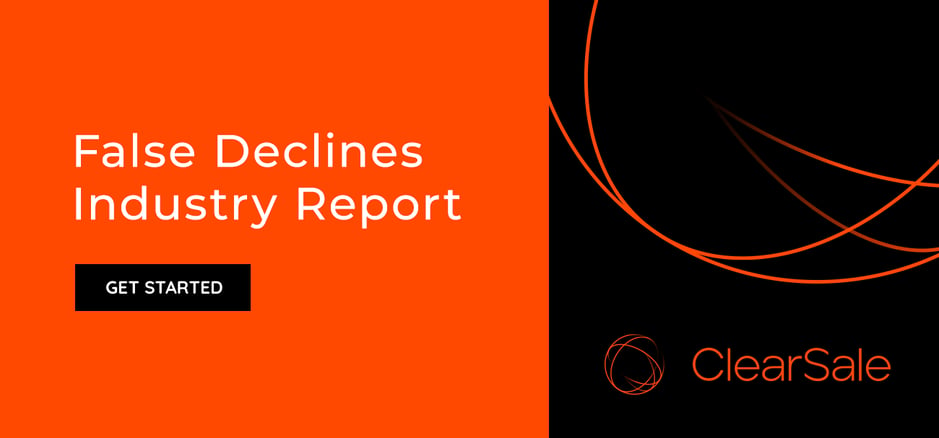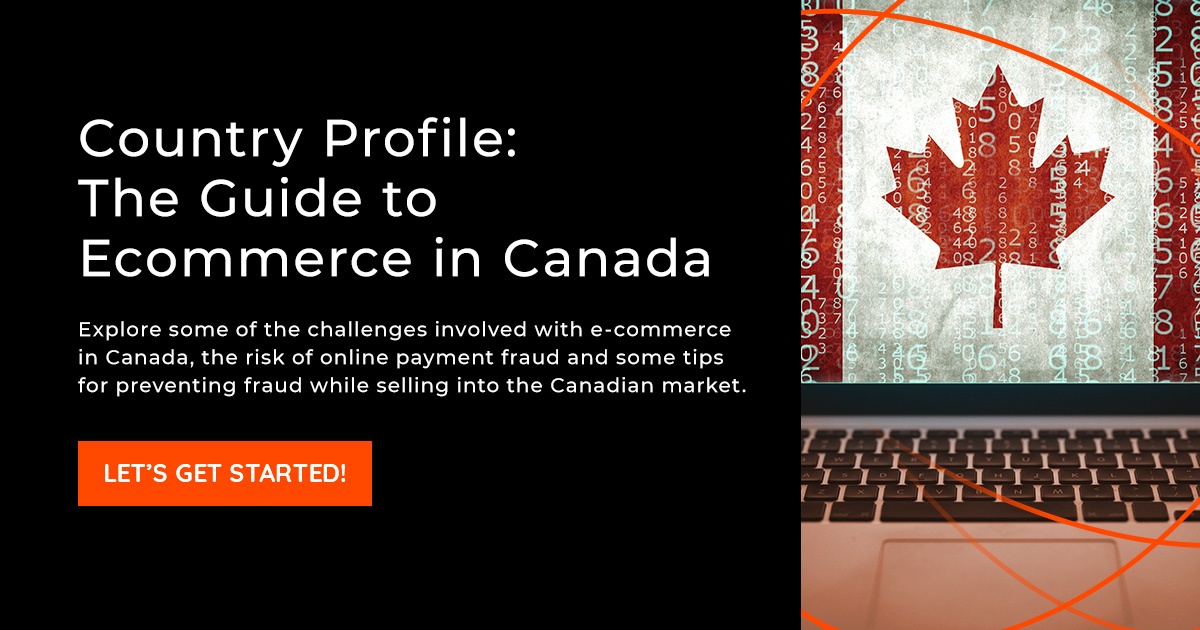Online merchants saw significantly more new-to-online customers in 2020, as well as an increase in sales from existing customers. This led to a very good year for merchants: eMarketer estimates that ecommerce sales reached a whopping $3.914 trillion in 2020.
But as new demographics of online shoppers emerge, this sets the stage for some interesting and important questions. While merchants may know to varying degrees who their customers are, do they know what their customers think? Where do consumer attitudes stand right now? And how do these attitudes and spending patterns vary between countries, ages, and genders?
We partnered with Sapio Research to answer these questions. Whether your target buyer is 60-year old American women or millennials in Mexico, this report will give you new information on topics like:
- Why people shop online
- How important security is to your market
- What your customers think about ecommerce fraud
This report, along with insights from ClearSale partners, will give you deep insights on consumer behaviors and attitudes, so you can pull ahead of the competition in 2021 with a better, more secure online shopping experience that delivers precisely what your customers want.
Ready? Let’s go!




















.jpg?width=939&name=4%20Consumer%20Online%20Shopping%20Behaviors%20(by%20Country).jpg)



.jpg?width=939&name=5%20Consumer%20Online%20Shopping%20Behaviors%20(by%20Age).jpg)
























